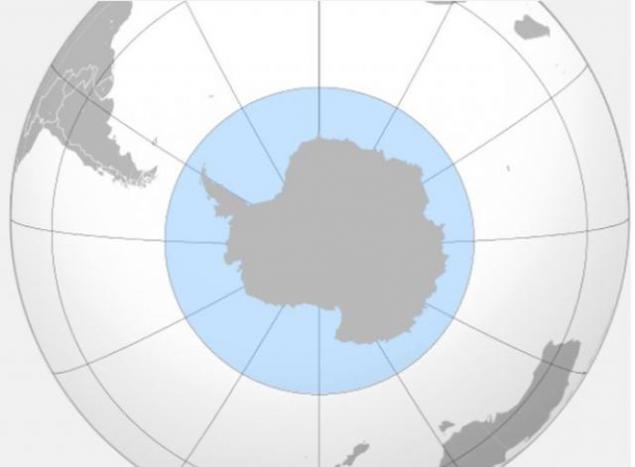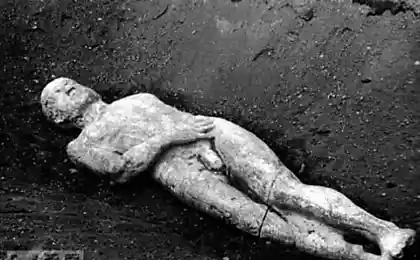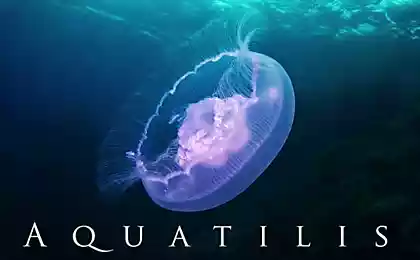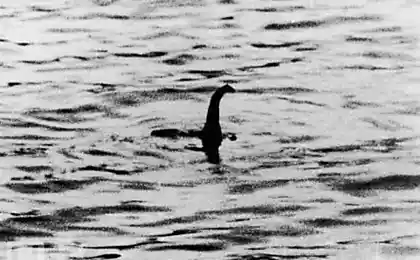807
Refutation of modern scientific facts
Interestingly, these scientific facts before 2000 were considered postulates. Today, however, they find their refutation. I admit, of any of these developments up to this point I have not heard.

1. Now the world's five oceans
Traditional geography taught that the world's four oceans - the Pacific, Atlantic, Arctic and Indian.
But in 2000, the International Hydrographic Organization united the southern part of the Atlantic, Indian and Pacific oceans, creating the fifth addition to the list - the Southern Ocean.
2. The ideal food is now represented by a plate of food, and not a pyramid

By order of the First Lady, in 2011 the USDA to refuse to provide in 2005 the variation of the original food pyramid in 1992.
The initial portion of pyramid proposed different food groups, such as two or three daily servings of dairy products; new plate shows the total number. For example, half of your plate should be filled with fruits and vegetables.
According to Michelle Obama, "is a quick and simplified reminder to us all of the need to be attentive to the food consumed».
3. It is known that a person is constantly growing brain cells

Until the 1980s, scientists believed that the number of neurons in adults - all the neurons that will ever be a man.
After finishing the previous study, a scientist named Michael Kaplan found in the brains of adult monkeys precursor cells of neurons, suggesting that took place in the brain neurogenesis, or the creation of neurons.
Evidence of neurogenesis in adults have also appeared in the '90s, but they were not marked long-term operation.
Then, in 2013, scientists have determined the age hippocampal cells of dead people. The cells, which were under the age of people who have proved that the human brain itself creates neurons. Thus, it was found that the brains of young cells stably ensured - despite the fact that the aging of a person loses the total number of these cells.
4. Finally, it became known as the water enters the cells

Previously, modern science could not explain how the water so quickly passes through the cell membrane, the composition of which has a waterproof phospholipid biosloy.
Then, in 2003, Peter Roderick MacKinnon and EGR found in the cell membrane protein channels, called aquaporins, which allow water to penetrate into the cell. For this work, the scientists received the Nobel Prize in Chemistry.
EGR and McKinnon also explored many other channels and valves that are crucial to our understanding of cell functions.
5. protons known not as much as we thought earlier

Previously, scientists believed that the radius of the nucleus is low. But in 2013, an international team of scientists conducted a study again, the result was a significantly different number. The new figure was almost four percentage points lower than used to be considered earlier.
This difference, although it is not large, is a kind of puzzle. Either the previous tests were erroneous or incorrect new calculations or quantum electrodynamics we know - how the interaction of light and matter - not as good as we thought.
6. Brontosaurus - is no longer a real dinosaur. In fact, he had never existed

When you think of the giant herbivorous dinosaurs with a long neck, certainly comes to mind brontosaurus.
However, strictly speaking, brontosauruses did not even exist. In fact, this type was the result of the union of two others: Apatosaurus and Camarasaurus.
Causes of errors originate in the period of paleontology, known as Bone war. Two paleontologist Otniel Charles Marsh and Edward Drinker Cope, fiercely at odds due to the evidence of the existence of dinosaurs.
In 1877, at the height of the conflict, Marsh found a partial skeleton of a dinosaur, unfortunately, without a head, which he named Apatosaurus. To complete the layout, the scientist used the skull of another dinosaur - Camarasaurus.
However, when two years later, Marsh found another skeleton, he called it a brontosaurus, but in fact he's just found a complete skeleton of Apatosaurus.
Scientists noticed a mistake in 1903, but the American Museum of Natural History Carnegie replaced the head of the skeleton is not until 1979. Many do not know the truth until now.
7. "God particle" real

Back in the 1960s, scientists theorized Higgs boson, or the Higgs particle, also called the "God particle." This discovery was the last piece of the puzzle in the Standard Model - the physical theory, which attempts to describe the interaction between the particles, thereby explaining the existence of life.
The discovery of Higgs boson has been so important that scholars have spent forty years in the attempt to prove (or disprove). And in 2013, Francois Engler and Peter W. Higgs finally made it. Then, for his work on the detection of particles, they received the Nobel Prize in physics.
Here

1. Now the world's five oceans
Traditional geography taught that the world's four oceans - the Pacific, Atlantic, Arctic and Indian.
But in 2000, the International Hydrographic Organization united the southern part of the Atlantic, Indian and Pacific oceans, creating the fifth addition to the list - the Southern Ocean.
2. The ideal food is now represented by a plate of food, and not a pyramid

By order of the First Lady, in 2011 the USDA to refuse to provide in 2005 the variation of the original food pyramid in 1992.
The initial portion of pyramid proposed different food groups, such as two or three daily servings of dairy products; new plate shows the total number. For example, half of your plate should be filled with fruits and vegetables.
According to Michelle Obama, "is a quick and simplified reminder to us all of the need to be attentive to the food consumed».
3. It is known that a person is constantly growing brain cells

Until the 1980s, scientists believed that the number of neurons in adults - all the neurons that will ever be a man.
After finishing the previous study, a scientist named Michael Kaplan found in the brains of adult monkeys precursor cells of neurons, suggesting that took place in the brain neurogenesis, or the creation of neurons.
Evidence of neurogenesis in adults have also appeared in the '90s, but they were not marked long-term operation.
Then, in 2013, scientists have determined the age hippocampal cells of dead people. The cells, which were under the age of people who have proved that the human brain itself creates neurons. Thus, it was found that the brains of young cells stably ensured - despite the fact that the aging of a person loses the total number of these cells.
4. Finally, it became known as the water enters the cells

Previously, modern science could not explain how the water so quickly passes through the cell membrane, the composition of which has a waterproof phospholipid biosloy.
Then, in 2003, Peter Roderick MacKinnon and EGR found in the cell membrane protein channels, called aquaporins, which allow water to penetrate into the cell. For this work, the scientists received the Nobel Prize in Chemistry.
EGR and McKinnon also explored many other channels and valves that are crucial to our understanding of cell functions.
5. protons known not as much as we thought earlier

Previously, scientists believed that the radius of the nucleus is low. But in 2013, an international team of scientists conducted a study again, the result was a significantly different number. The new figure was almost four percentage points lower than used to be considered earlier.
This difference, although it is not large, is a kind of puzzle. Either the previous tests were erroneous or incorrect new calculations or quantum electrodynamics we know - how the interaction of light and matter - not as good as we thought.
6. Brontosaurus - is no longer a real dinosaur. In fact, he had never existed

When you think of the giant herbivorous dinosaurs with a long neck, certainly comes to mind brontosaurus.
However, strictly speaking, brontosauruses did not even exist. In fact, this type was the result of the union of two others: Apatosaurus and Camarasaurus.
Causes of errors originate in the period of paleontology, known as Bone war. Two paleontologist Otniel Charles Marsh and Edward Drinker Cope, fiercely at odds due to the evidence of the existence of dinosaurs.
In 1877, at the height of the conflict, Marsh found a partial skeleton of a dinosaur, unfortunately, without a head, which he named Apatosaurus. To complete the layout, the scientist used the skull of another dinosaur - Camarasaurus.
However, when two years later, Marsh found another skeleton, he called it a brontosaurus, but in fact he's just found a complete skeleton of Apatosaurus.
Scientists noticed a mistake in 1903, but the American Museum of Natural History Carnegie replaced the head of the skeleton is not until 1979. Many do not know the truth until now.
7. "God particle" real

Back in the 1960s, scientists theorized Higgs boson, or the Higgs particle, also called the "God particle." This discovery was the last piece of the puzzle in the Standard Model - the physical theory, which attempts to describe the interaction between the particles, thereby explaining the existence of life.
The discovery of Higgs boson has been so important that scholars have spent forty years in the attempt to prove (or disprove). And in 2013, Francois Engler and Peter W. Higgs finally made it. Then, for his work on the detection of particles, they received the Nobel Prize in physics.
Here























